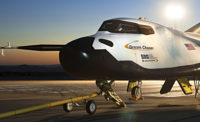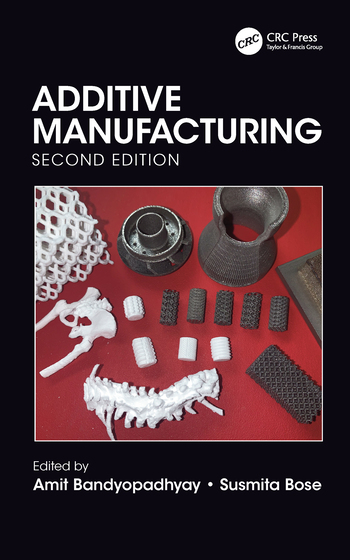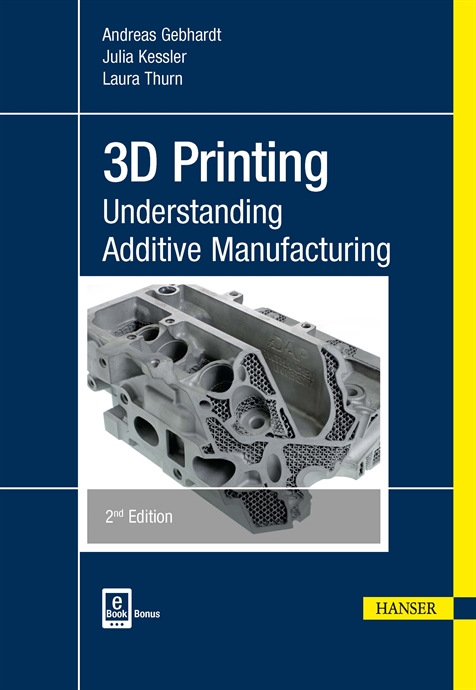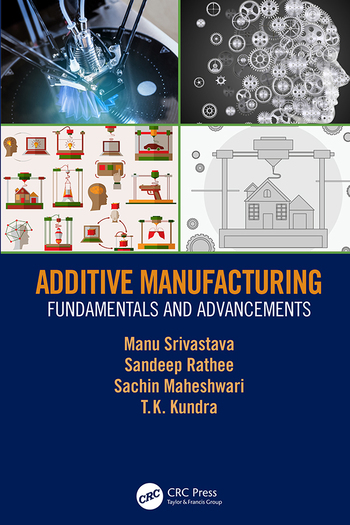The best fielders in Major League Baseball are annually rewarded a Gold Glove. But, only one of them—shortstop Francisco Lindor of the New York Mets—can claim that his glove, the REV1X, is 3D printed.
This past spring, the Rawlings Sporting Goods Co. unveiled the REV1X, which it developed in conjunction with Fast Radius Inc., a digital manufacturing company, and Carbon Inc., a manufacturer of 3D printers. Shortly into the 2021 baseball season, Rawlings revealed that Lindor was using the glove on a daily basis.
“We already make high-quality gloves, but we never want to get complacent,” says Robert Newman, a glove engineer at Rawlings. “So, we developed the REV1X as a way to keep striving and improving every individual glove component.”
Engineers at all three companies worked on the glove for several years. But, the key factor in its successful design and development is Carbon’s Digital Light Synthesis (DLS) technology, a resin-based polymer process that uses light and heat to create parts with isotropic properties, complex geometries and excellent surface finishes.
DLS technology enabled engineers to design a 3D-printed lattice structure that provides internal support for the glove’s thumb and pinky finger. This support improves ball control by the player.
The REV1X also has more robust padding than average, yet is thinner, ultralight and form-fit. At the same time, it maintains the protection and durability offered by traditional gloves through features such as the slip-on band, adaptive fit system and leather palm padding, which are not 3D printed.
Another innovative feature is multilayered back-finger layups for greater flexibility and durability over the life of the glove. The traditional leather gusset on the back finger increases flexibility as the glove gets broken in, but the gusset continues to wear and becomes more flexible than the player might like.
“DLS speeds time to market by producing working prototypes ready for mass production,” says Philip DeSimone, co-founder and head of product and business development at Carbon. “The mesh insert is a major step in the design of the glove and brings the latest in additive manufacturing to baseball.”
Rawlings has specified the lattices to be made of Carbon FPU 50 material. This semirigid material resists impact, abrasion and fatigue, but, it can be difficult to post-process. Knowing this, Fast Radius engineers developed custom post-processing methods at the company’s Chicago factory to preserve the tight tolerances needed for the intricate lattice structures. The engineers also used DLS to adjust lattice stiffness for manufacturability, and in turn, improved part yield by more than 400 percent from initial tests.
To ensure each lattice is accurately printed, Fast Radius stores all design files, custom post-processing methods and fulfillment instructions in a build package within its Cloud Manufacturing Platform. This platform is used throughout production, inspection and fulfillment.
Fast Radius’s large fleet of Carbon printers allow the company to quickly scale production up or down as needed to match demand. It also works closely with Rawlings to meet its lattice price and delivery requirements.
Founded in 2013, Redwood City, CA-based Carbon makes three 3D printers that use LDS technology. Model M1 is for prototyping and low-volume production, and is compatible with all one-part, third-party and dual-cure resins that do not require heating during printing. The M2 is Carbon’s highest resolution printer and has a medium-build platform, making it well-suited for a wide range of applications.
Model L1, with a build area of greater than 1,000 square centimeters, can produce large parts in single prints, or many small parts for high-throughput production. For more information, call 650-285-6307 or visit www.carbon3d.com.








